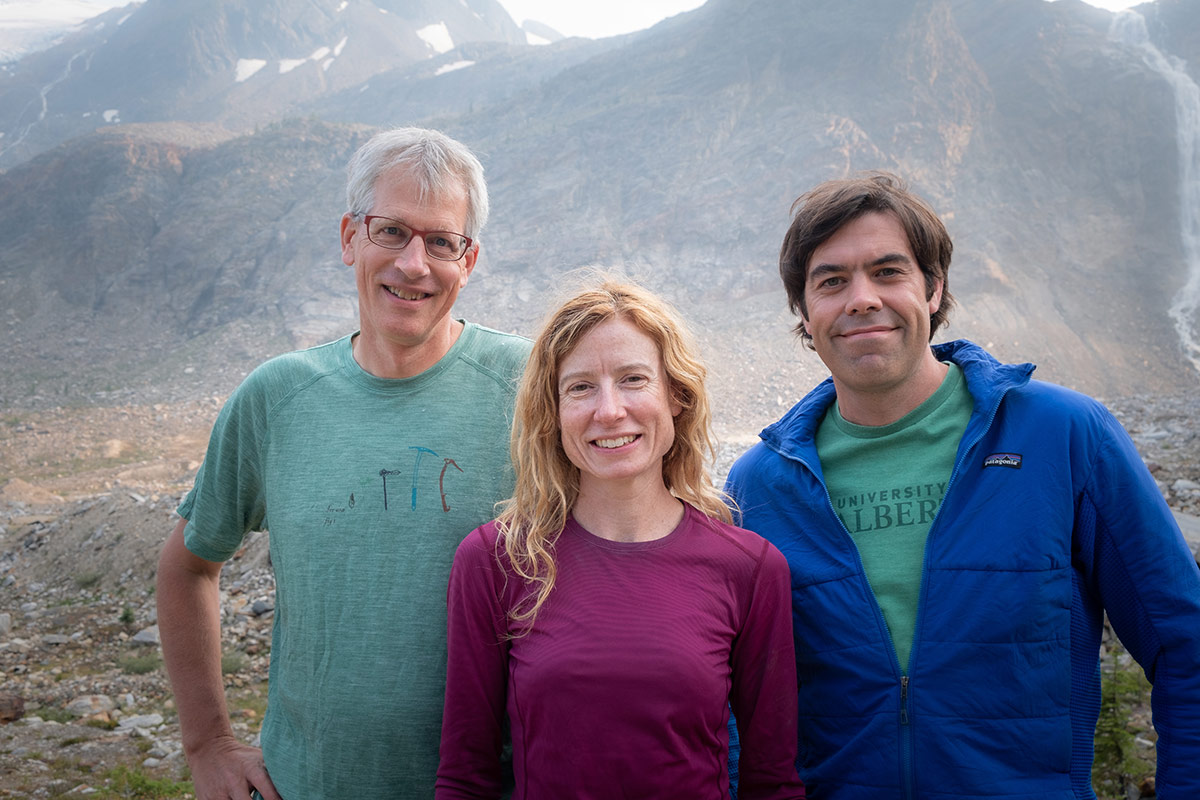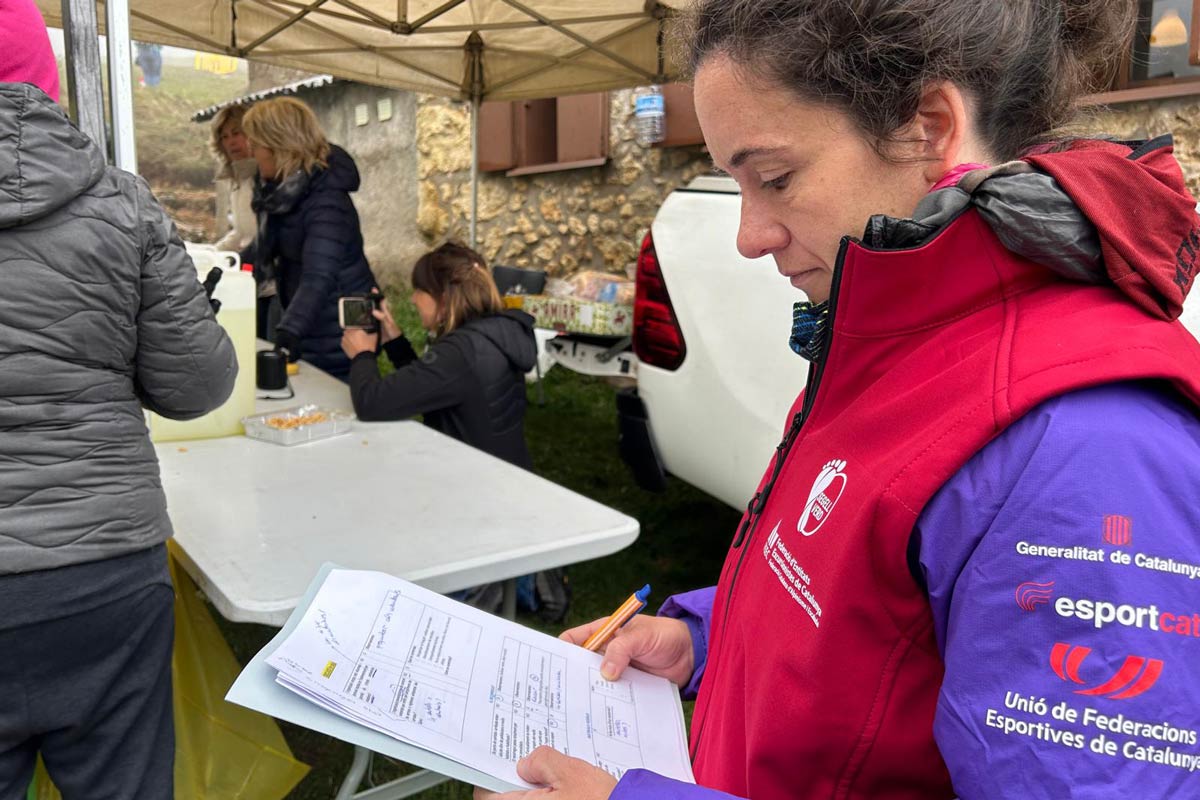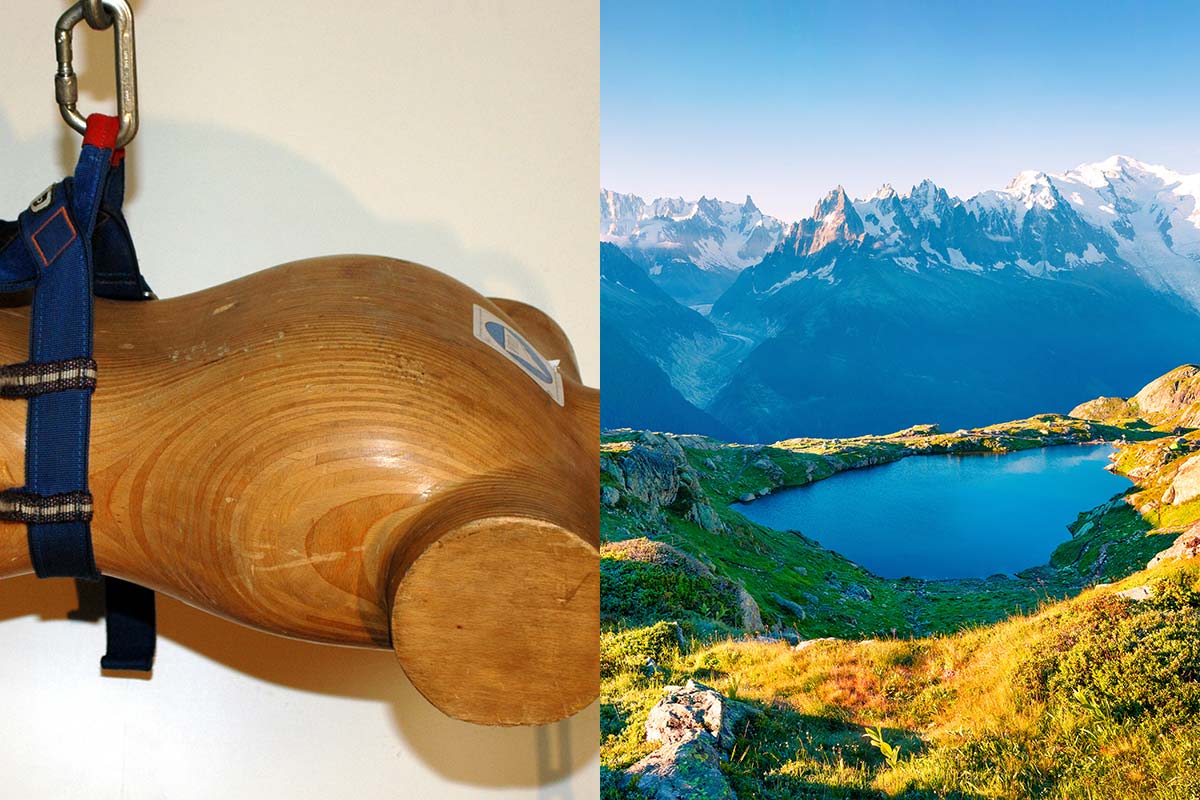OVERVIEW
The Alpine Club of Canada’s State of the Mountains Report is a free annual publication dedicated to providing accessible, current, and accurate information about the forces that affect mountain places, ecosystems, and communities in Canada. The volunteer-driven Report is a collection of essays written by scientists, industry professionals, and community leaders that highlight, in plain-speaking accessible language, current research concerning change in mountain environments. Contributors come from across all disciplines – the natural sciences, the social sciences, the humanities, and beyond. They come from various government land-managing agencies, including Canada’s federal, provincial, and territorial parks services. And they come from our vibrant mountain towns and Indigenous communities. But they are all unified in their love for the mountains – and also in their concern.
Vision, goals and objectives
The Alpine Club of Canada’s State of the Mountains Report is an annual publication dedicated to providing accessible, current, and accurate information about the forces that affect Canadian mountain places, ecosystems, and communities. The Report’s goal is to communicate this information widely, and in plain-language, through an annual publication made freely available to readers in online and print formats. The vision and objectives for the Report can be found in the ACC’s broader mission and guiding principles: to promote alpine experiences, knowledge and culture; responsible access; and excellence in mountain skills and leadership. A specific goal of the Report is to mobilize knowledge and current research related to change in mountains to a diverse audience. This includes citizens across Canada who are concerned with the state of mountain places, thereby better equipping readers with the knowledge and tools for engaging in actions, both local and global, that contribute to future stewardship, resilience, and protection of mountain places, species, programs and cultures.
Expected Implementation and Outcomes
The ACC’s State of the Mountains Report is motivated by the Club’s commitment to summarise and better communicate to the general public an understanding of the environmental and cultural forces affecting Canada’s diverse mountain ranges, from the Pacific coast to the Atlantic coast, and north to the high Arctic regions. Since 2018, the ACC has published the annual Report in collaboration with mountain researchers, community members, and partner organisations. The Report is a compilation of short essays describing current research, events or changes occurring in the Canadian mountains. The essays come from across the disciplines – the natural sciences, the social sciences, and the humanities. Diversity is also evident in the authors themselves: some are renowned academics, others are industry professionals or community leaders, and also emerging leaders. We pay attention to gender, we celebrate the work of senior mountain experts, we highlight the efforts of the up-and-coming generation, and in each issue, we always give voice to our important Indigenous partners. What unifies the Report’s contributors is that they are all individuals who have spent countless hours researching and/or caring for our alpine environment. They have, in one way or another, dedicated their lives to the mountains and have offered their first-hand experiences, expertise, and photographs to tell the stories of how change in Canadian mountain environments is affecting people and places. In each issue, these stories are beautifully laid out and assembled in the Report’s main sections (People in Mountains, Physical Mountains, Life in Mountains).
The Editors meet in January to select the year’s theme; they then reach out and extend invitations to potential contributors from across the country. Material is submitted to the editors in April and May, and copy-editing, French/English translation, and layout work then begins. The Report’s online version is generally released to coincide with Canada Day (July 1st), and hard copies are printed and distributed to members, community partners, and other kindred organisations in October.
The goal is to circulate the Report’s various annual findings as widely as possible. This is also accomplished through the club’s various social media platforms. The Report’s essays are reformatted as blog posts, and released individually throughout the year so that every month’s regular “dispatch” to ACC members contains some of the Report’s content. The contributions from all years are available on the ACC website, and with over 60 essays published already this is a living resource of information about Canada’s mountain places and peoples.
Climbing, mountaineering or outdoor sport focus
The State of the Mountains Report is generated by the Canadian climbing community. Climbers care about the places where they recreate. And they have an intimate knowledge of the changes occurring in mountains – because they see it. They have a front-row seat. Climbers, perhaps, nod their heads. In 2017, the ACC conducted a Member Survey, and what the Club’s executive learned from that exercise was that the climbing community wanted more action from the Club on environmental stewardship. The ACC has a long celebrated history of environmental activism. Conservation and responsible access has always been part of our constitutional underpinnings. But here in the Anthropocene, we all need to do better – that was the message. A volunteer steering team was struck at the ACC’s annual summer General Mountaineering Camp, and was composed of Drs. Lael Parrott, Zac Robinson, and David Hik – a geographer, a historian, and an ecologist, respectively, but all climbers. The three would become the annual Report’s editors. As for content, the editors quickly reached back out to the ACC membership, recognizing that the club’s most active participants – similar to that of other alpine clubs – is drawn largely from across the professional classes: they are teachers and educators, natural and social scientists, publishers and literary types, policy writers and administrators, and so forth. The call was immediately answered. Submissions poured in from all across the country. A “State of the Mountains Report” for Canada was born. This initiative, from its inception to this day, has always been driven by climbers – for climbers, for the mountains, for everyone.
It should also be noted that, in every volume of the Report, there are several stories that are directly focused on Canadian climbing culture and sport. We have featured articles on the state of Canada’s mountain guiding association, on the state of mountain rescue in Canada, and on the state of alpine climbing guidebooks. We have also printed stories on the state of Canadian mountaineering literature, on the state of Canada’s backcountry hut network, and on Canada’s climbing book/film festivals. But whether the content directly relates to climbing or not – whether it’s a story about pitons, or glacier recession or biodiversity loss – these are ALL stories that matter to climbers. And these are all stories that climbers want other people to know about.
Best practice in mountaineering and mountain-based sports for mountain protection
Each volume of the Report has contributions that directly focus on best practices in mountain protection, ethics, culture, and sport. For example, in the 2019 volume, a feature on Visitor Safety in Banff National Park highlighted new, innovative efforts to prevent incidents and better response times to mountaineering accidents. Good communication with visitors, implementation of new technologies, and strong relationships with partner organisations are helping wardens responsible for mountain rescue and safety within Canada’s national mountain parks achieve this goal and promote enjoyable visitor experiences. Or from the 2021 volume, a feature on the ACC’s newest backcountry hut highlighted collaborative efforts between climbers and local Indigenous communities to come up with an appropriate name for the structure. Hišimy̓awiƛ, meaning “Gather Together” in the Barkley Sound dialect of the Yuułuʔiłʔatḥ (Ucluelet) First Nation (one of several Nuu-chah-nulth peoples who have lived on Canada’s west coast for millennia), demonstrates the power of meaningful reconciliation. Or an example from the upcoming 2022 volume: a feature on the iNaturalist app, and how amateur science and photography in the field is bettering our understanding of biodiversity in the mountains. The essay outlines just how easily climbers and other backcountry travellers, with only a camera phone (devices that most climbers already have on hand), can contribute to global ecological inventory science. These are only but a few examples of the current projects the Report attempts to make better known. In highlighting these and other projects to our national membership, and to those beyond our Club, our hope is that a wider participation in the meaningful care and stewardship of mountains can be attained.
Closing Summary
Co-edited by long-time ACC members Drs. Lael Parrott, Zac Robinson, and David Hik – a geographer, a historian, and an ecologist, respectively – the ACC’s State of the Mountains Report has become the go-to resource in Canada for current information on how climate change is affecting mountain places and communities.
With a commitment to broad public outreach, and a deep respect for local knowledge, the Report is guided by the ACC’s broader mission to promote alpine experiences, knowledge and culture, to encourage responsible access, and to cultivate the next generation of mountain leaders. By helping to translate and promote accurate and current information related to change in mountains, it’s the Report’s aim to better equip readers with the knowledge and tools needed for increased stewardship and protection, today and into the future.
To discover more about the UIAA Mountain Protection Award please click here.
Please note that the content published in this article is courtesy of the Award nominee. The UIAA has made minor revisions to the original submission.
Main photo: State of the Mountains Report Editors David Hik, Lael Parrott, Zac Robinson.
Photo by Mary Sanseverino



